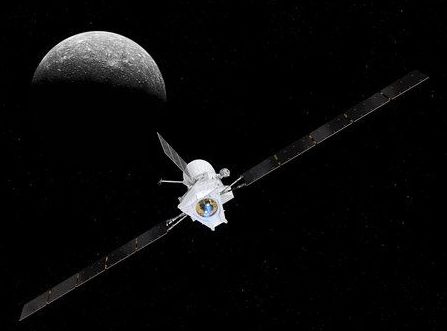Dec 6, 2018
Your Brain Has A “Delete” Button–Here’s How To Use It
Posted by Shane Hinshaw in categories: neuroscience, space
Who knew? (via Fast Company)
This is the fascinating way that your brain makes space to build new and stronger connections so you can learn more.
- https://twitter.com/share?url=https://www.fastcompany.com/30…0Use%20It” rel=“noopener noreferrer”>
3 minute Read.
Continue reading “Your Brain Has A ‘Delete’ Button–Here’s How To Use It” »


















